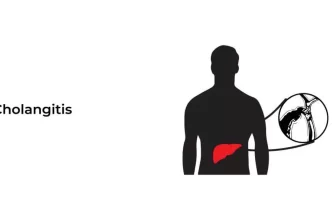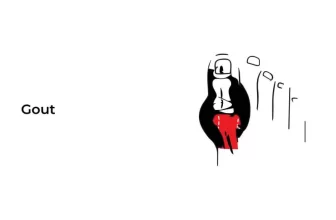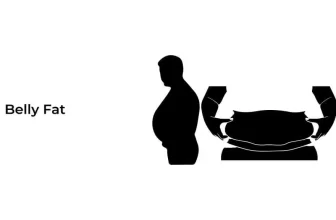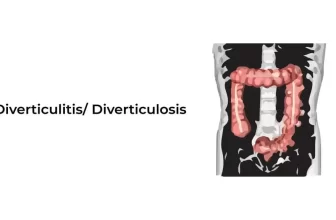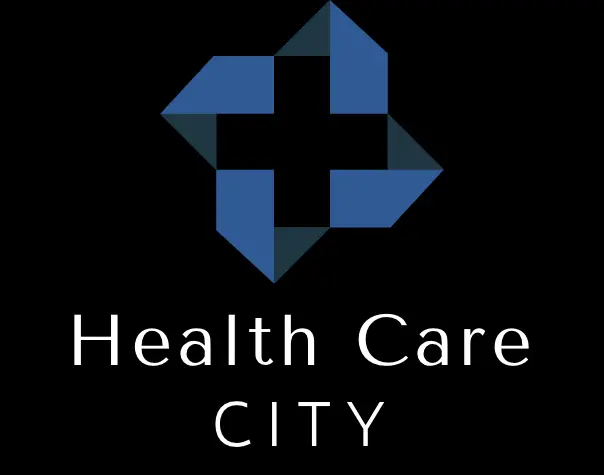Hip problems or disorders influence the hip connection. The hip connection is a sphere and socket that enables the thigh to change positions in various directions. It also allows the hips to bear and uplift the body’s weight.
The hip junction lives inside the capsule, including lubricating fluid, which makes the hip functioning smooth. The inner part of the hip connection is the hard but creative material that chains the edges of the joints. Hip disorders can influence ligaments and cartilage as well.
Common Hip problems:
- Arthritis: It is an extensively popular cause of hip tissue deterioration. Three kinds of arthritis commonly influence the hip:
- Osteoarthritis: It refers to the “wear and tear” of arthritis. This kind of arthritis damages the cartilage that softens the bones of the hip decaying. It causes bones to rub together, resulting in hip irritation and paralysis.
Symptoms: Usually, osteoarthritis symptoms formulate gradually and deteriorate over a period. Indications of osteoarthritis include;
- Pain: The affection of hip joints may create problems before and after a workout.
- Immobility: Joint paralysis may be broadly visible upon reviving or after being stationary.
- Warmth: An individual communal may feel tenderness when soft force applies near it.
- Failure of flexibility: An individual may not be able to move their joint despite of full force.
- Crumbling feeling: An individual may realize a scraping irritation or listen to popping or crackling while moving the joints.
- Bone spurs: The bone fractions realize a severe clot surrounding the injured joint.
- Swelling: Weak tissue breakout may cause swelling around the joint connection.
- Rheumatoid Arthritis: This disorder causes the lining of the joints (synovial membrane) that evolve pain and make ample fluid. It harms the cartilage, directing to injury and immobility.
Symptoms
- Swollen joints
- Joint paralysis usually gets terrible after performing the workout.
- Exhaustion, illness, and misplacement of appetite
- Traumatic arthritis: It is the outcome of a wound or fracture.
Symptoms
- Expansion of fluid around the communal
- Softening or crunching irritation in the joint
- Joint paralysis
- Swelling
- Bursitis: The bursa in the communal refers to a gliding composition that reduces the confrontation between tissues. There are two main hip bursae that can lead to stiffness and pain in the surrounding of the hip joint:
- Trochanteric bursa
- Iliopsoas bursa
Symptoms:
- Feeling of stiffness
- Experiencing discomfort while running and sitting
- Swelling on injured body parts
- Avascular Necrosis: It is the type of illness that fails blood progression to the bone for a short period or perpetually. When avascular necrosis occurs near the union, it causes the communal area to decline and can deteriorate the hip look.
Symptoms: As the disease progresses, the symptoms worsen and cause difficulty in performing routine tasks.
- Hip Pointer: It includes the ripping in the ilium joint muscles. Ilium is the top of the pelvis and underneath the abdomen. This hip pointer ilium effect might involve a hit, decline, or a sharp spin or roll of the body.
Symptoms:
- Bruising or swelling
- Drastic pain
- An exclusive span of gesture in the hip.
- Shortage in the length of an individual’s hip or leg.
When is it needed to visit the doctor? Hip problems can not be ignored if the symptoms exceed over weeks despite taking care and medication. An individual must see a doctor if the symptoms worsen and pain causes difficulty walking and performing routine tasks.
Diagnosis: Following diagnostic options can be used;
- X-ray: It helps the physician look at the bone and detect the injuries that cause hip pain.
- CT scan: It gives a more detailed view of the problem by creating a clear picture of the body. CT scan can indicate the soft tissues, blood vessels, and bones in numerous body parts.
- MRI Scan: MRI scan utilizes magnets and radio waves to invade pictures inside a human body without conducting a surgical cut. It enables the consultant to watch the body’s soft tissues, such as muscles and organs. Physicians also operate pelvic MRI scans to analyze unexplained hip pain and examine the extent of specific cancers.
- Ultrasound: An ultrasound scan employs high-frequency sound waves to apprehend live portrayals of the inner side of the body. It is also known as sonography.
Treatment: The treatment options vary from person to person according to the state of the injury, either mild or severe. It includes;
- Rest: You must avoid bending at the hip and immediate stress on the hip. Do not sleep on the injured side and prevent lengthened sitting.
- Pain relieve medicines: Pain relievers such as acetaminophen (Tylenol, others), ibuprofen (Advil, Motrin IB, others), and naproxen sodium (Aleve) may reduce the hip problem.
- Ice or heat pads: Use ice cubes or an ice pad to apply cold medications to an individual’s hip. Moreover, a warm bath might reduce pain.
Risk Factors: Common risk factors associated with hip problems are:
- Age: Cartilage decay can increase with age, as most people experience hip osteoarthritis problems in their 60s and 70s.
- Being overweight: Obesity puts more stress on the individual’s joints and causes deterioration.
- Gender: Women are more likely to experience the risk of hip osteoarthritis and osteoporosis.
- Genetics: Most hip arthritis cases are associated with genetics.
- Previous hip trauma: The hip trauma or previous hip surgery increases the danger of osteoarthritis in the odds.
- Playing specific sports: Athletes encompass immediate wrenching or pivoting motions, such as soccer, football, hockey, golf, and basketball, which causes a higher risk of a hip injury.
- Medications: Steroids cause bone death.
- Osteoporosis: Bones thinning is a threat to hip rupture.
- Balance issues: It increases the hazard of plunging and suffering a hip injury.
Reference
- https://www.mayoclinic.org/symptoms/hip-pain/basics/causes/sym-20050684
- https://my.clevelandclinic.org/health/diseases/17903-hip-dysplasia
- https://www.google.com/amp/s/www.hopkinsmedicine.org/health/conditions-and-diseases/hip-problems%3famp=true
- https://www.healthline.com/health/hip-disorders#causes
- https://goshenhealth.com/health-library/post-traumatic-arthritis-osteoarthritis
- https://www.upmc.com/services/sports-medicine/conditions/hip-pointer#symptomsdiagnosis
- https://www.healthline.com/health/hip-pain#diagnosis
- https://www.mayoclinic.org/symptoms/hip-pain/basics/when-to-see-doctor/sym-20050684



